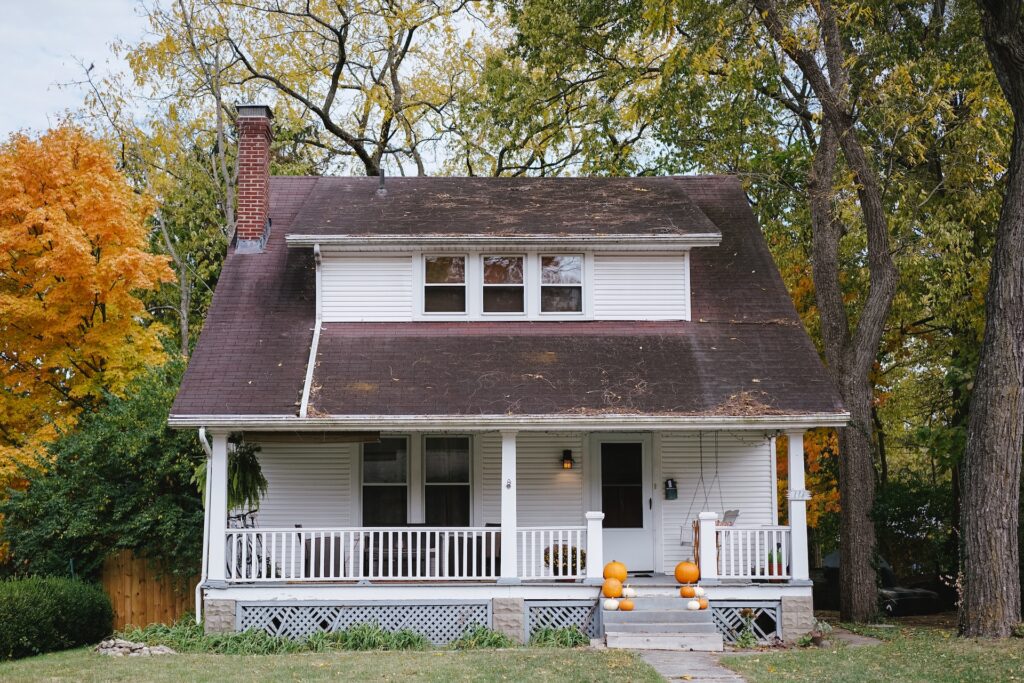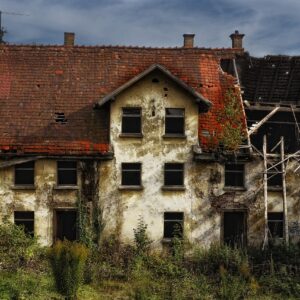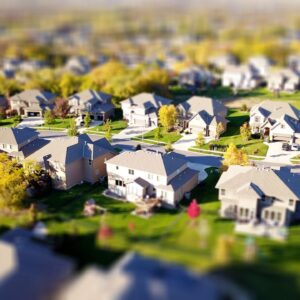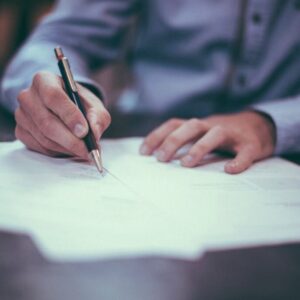
When you are in the process of buying a home, it can be stressful not knowing if there are hidden issues that the prospective seller is trying to cover up for a quick sale. No one wants to spend their life savings on a future home just to discover its many issues three months down the road, where you are stuck with a massive bill you didn’t account for.
Many buyers have started investing in home assessments to ensure they don’t encounter ugly surprises after finalizing the purchase. Home assessments identify — or hopefully not identify — any potential issues not evident to the untrained eye. By having a complete picture of the property, you will know what to expect and how much work comes with the house, and you can adjust your budget accordingly.
When completing a home assessment, there is a range of problems any buyer should look out for. This article will discuss some common issues found during these assessments.
Structural Problems
Structural problems are some of the first things you should look for when inspecting homes. Sagging floors, doors that do not remain still when left open, and windows or doors that stick are some of the issues you must watch out for. Also, many cracks in walls throughout the house could indicate structural issues.
There are several reasons why a property’s foundation may crack, including:
- Draining issues
- Sinking soil
- Tree roots getting into the home’s foundation
- The addition of a second story without the correct reinforcement
- Natural environmental occurrences such as sinkholes, slope creep, and earthquakes
If there are structural problems in the home, owning it will come at an increased price over time. Repairing a home’s foundation is a costly endeavor.
Plumbing Issues
Leaking pipes and other plumbing issues are frequently found during home assessments. For the most part, they are easy to spot and can range from minor problems, such as a leaky faucet, to more complicated (and expensive) issues, like cross-connection problems.
Some issues can be easily fixed with little to no cost to the buyer. In other cases, large sections of outdated pipes, such as galvanized steel or the polybutylene pipes used in the 80s, may have to be replaced.
During home assessments, everyone should be on the lookout for hidden leaks and mold spreading through the house. These can be spotted through stains on the ceiling, mil damage, and fractured plumbing. Mold damage can lead to many other problems that cost a lot of money to fix. It’s something you should definitely factor into your budget.
Electrical System Problems
As long as the light bulb flickers on, everything is ok, right? No! Electrical problems are one of the main issues that go unnoticed when buying a house, as they are difficult to spot. Any worn-out wires, dated knob-and-tube wiring, overloaded circuits, and exposed wires should be flagged during a home assessment. Issues like these are fire hazards that should be treated with extreme care.
Any old, outdated electrical systems must be updated to meet modern safety standards. Usually, these problems are not cheap to fix. They could cost thousands of dollars to rectify, so you will need to reassess your budget when you find issues like these.
Also, ensure that your prospective home has fully functioning GFCI (ground fault circuit interrupter) outlets as they are required by law and stop any deadly shocks from occurring.
Heating/Cooling System Issues
Heating or cooling systems, such as air conditioning, are an area of a property that can cause some issues when not inspected. Many of these systems either don’t work at all or don’t work as efficiently as they should. This could be due to a number of issues, including ductwork installed incorrectly or sealed improperly or the system being at the end of its lifespan.
Heating or cooling systems have a lifespan of 10 to 20 years, depending on how well they’re cared for. An HVAC technician can assess any problems and can make minor repairs, such as resealing ductwork so no dust or debris enters the attics, changing filters, and performing an efficiency assessment.
Replacing an HVAC unit, if it has too many problems or has hit its life expectancy, can incur a high cost, with basic systems starting at $4,000.
Pest Infestations
Pest infestation is another issue you should look for. Tenting your house or any other extermination options can be expensive, and the whole property can be riddled with issues, depending on how long the pest has been active.
If this property is in an area that has termite issues, it is best to get a termite bond so a local pest company can provide routine assessments and needed treatments.
Look for mud tubes in the crawl space to find signs of termites. If the problem is terrible, you will be able to see the termites themselves. These pests will eat any wood they are exposed to, which can affect the home’s structural integrity. The average cost of removing pests from your home is $3,000. This number can fluctuate depending on the damage.










